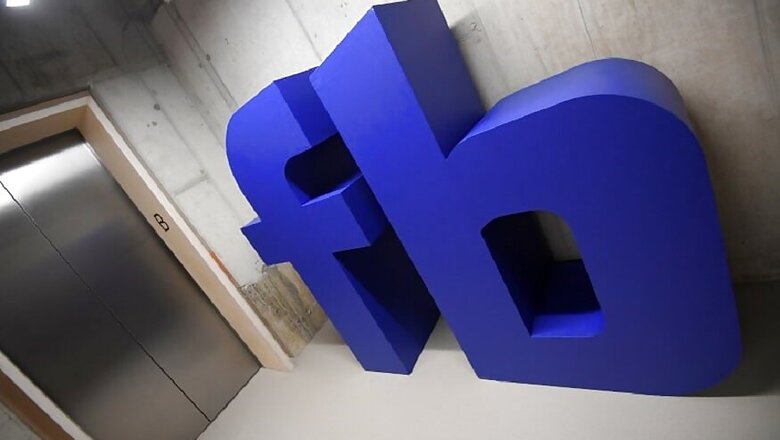
views
Scientists have developed a new computer model that can decode how people use emoticons to express themselves on social media platforms like Facebook. The computer model - called robust label ranking (ROAR) - may help users and businesses navigate the increasingly complicated way people are expressing how they feel on social media, researchers said. While Facebook once featured only one official emoticon reaction - the like button - the social media site added five more buttons - love, haha, wow, sad and angry - last year.
Also Read: Snap Shares Soar as User Growth, Revenue Beat
"We want to understand the user's reactions behind these clicks on the emoticons by modeling the problem as the ranking problem - given a Facebook post, can an algorithm predict the right ordering among six emoticons in terms of votes?" said said Jason Zhang, a research assistant at Pennsylvania State University in the US. "But, what we found out was that existing solutions predict the user's emotions and their rankings poorly in sometimes," said Zhang. Zhang added that merely counting clicks fails to acknowledge that some emoticons are less likely to be clicked than others, which is called the imbalance issue. For example, users tend to click the like button the most because it signals a positive interaction and it is also the default emoticon on Facebook.
"When we post something on Facebook, our friends tend to click the positive reactions, usually love, haha, or, simply, like, but they'll seldom click angry," said Zhang. For social media managers and advertisers, who spend billions buying Facebook advertisements each year, this imbalance may skew their analysis on how their content is actually performing on Facebook, said Dongwon Lee, associate professor at Penn State. "This is a step in the direction of creating a model that could tell, for instance, that a Facebook posting with a million likes, in fact, consists only 80 percent likes and 20 percent angry If such a precise understanding on social emotions is possible, that may impact how you advertise," Lee said. The new model could lead to better analytic packages for social media analysts and researchers.
"A lot of the commercial advertisements on Facebook are driven by likes," said Lee. "Eventually, if we can predict these emoticons more accurately using six emoticons, we can build a better model that can discern more precise distribution of emotions in the social platforms with only one emoticon - like - such as on Facebook before 2016," he said. The researchers trained the model using four Facebook post data sets including public posts from ordinary users, the New York Times, the Wall Street Journal and the Washington Post, and showed that their solution significantly outperformed existing solutions. All four sets of data were analysed after Facebook introduced the six emoticons in 2016. The researchers suggest future research may explore the multiple meanings for liking a post.
Also watch:Sonam Wangchuk, Engineer And Education Reformist | Interview















Comments
0 comment